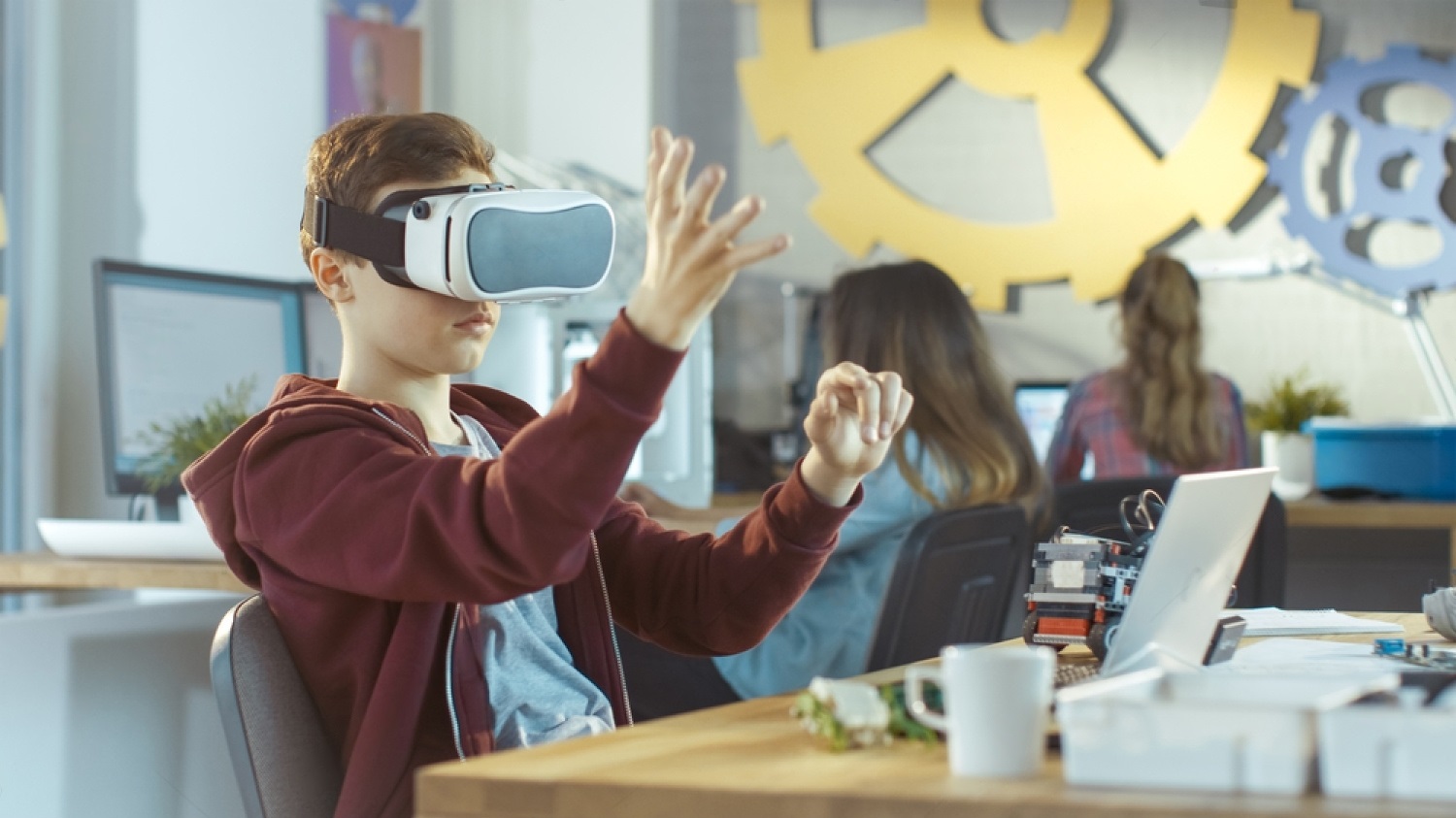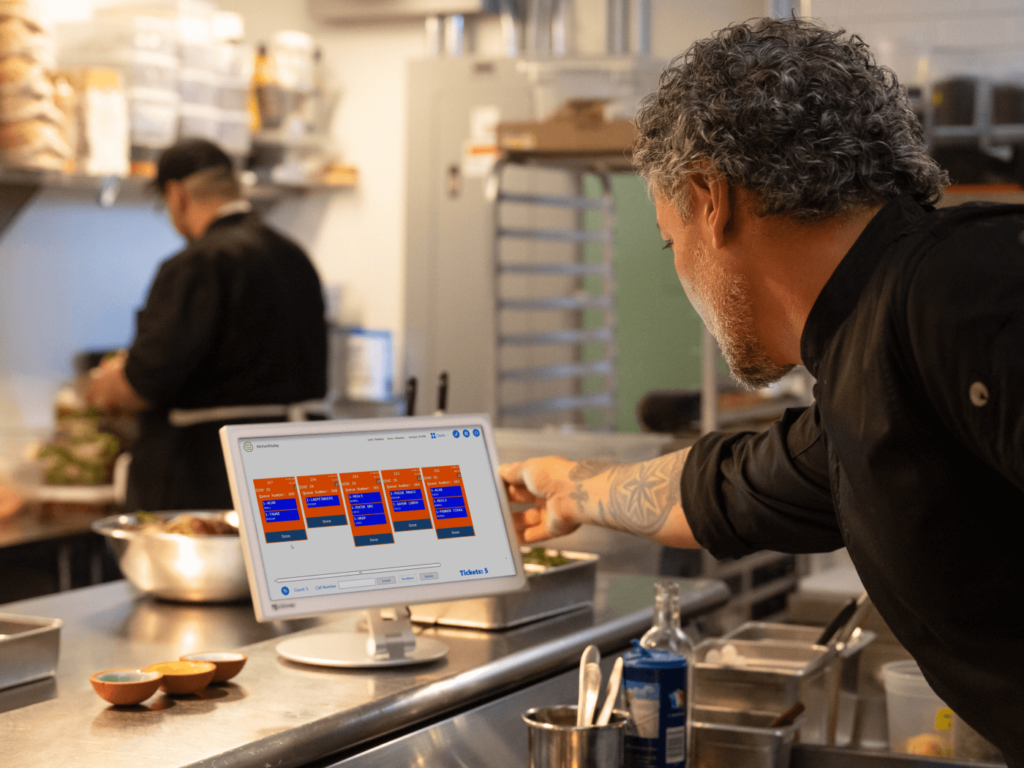Creativity is a vital aspect of education, fostering innovation, critical thinking, and problem-solving skills among students. In today’s digital age, classroom technology plays a pivotal role in unlocking and nurturing creativity. This blog explores the power of classroom technology in unleashing creativity and inspiring learning.
I. Understanding Creativity in Education
Creativity is not limited to artistic expression; it encompasses a wide range of skills and abilities. In education, creativity involves thinking outside the box, generating original ideas, and approaching challenges with an open mind. By encouraging creativity, educators can enhance students’ motivation, engagement, and overall learning outcomes.
II. The Role of Technology in Education
Technology has revolutionized the education landscape, providing numerous opportunities to transform traditional classrooms into dynamic learning environments. Interactive whiteboards, tablets, educational software, and online platforms offer new avenues for engaging students and promoting active learning. By leveraging technology, educators can cater to diverse learning styles, facilitate collaboration, and enhance information access.
III. Unleashing Creativity with Classroom Technology
- Different Types of Classroom Technology:
- Interactive whiteboards: Foster engagement and participation through interactive lessons and multimedia content.
- Coding and programming tools: Encourage problem-solving and logical thinking skills through hands-on coding activities.
- Multimedia creation tools: Empower students to express their creativity through digital storytelling, video production, and graphic design.
- Virtual reality (VR) and augmented reality (AR): Transport students to immersive learning environments, allowing them to explore and create in new ways.
- Examples and Case Studies:
- Showcase successful implementation of technology-enabled creative projects, such as digital art exhibits, collaborative multimedia presentations, and virtual field trips.
- Highlight how technology can facilitate cross-curricular projects, combining subjects like science, art, and technology to promote interdisciplinary creativity.
- Benefits of Technology-Enabled Creative Projects:
- Increased student engagement and motivation.
- Amplified opportunities for self-expression and personalization.
- Enhanced critical thinking and problem-solving skills.
- Promotion of collaboration and peer-to-peer learning.
IV. Best Practices for Integrating Classroom Technology
- Effective Incorporation of Technology:
- Align technology use with learning objectives and curriculum.
- Provide professional development and training to educators for effective technology integration.
- Balance the use of technology with other instructional methods to create a blended learning environment.
- Promoting Collaboration and Peer-to-Peer Learning:
- Utilize collaborative tools and platforms for group projects and discussions.
- Encourage students to share and learn from each other’s creative endeavors.
- Foster a supportive and inclusive classroom culture that values diverse perspectives.
- Addressing Concerns and Challenges:
- Address potential concerns related to technology, such as accessibility, equity, and digital distraction.
- Implement strategies to mitigate these challenges, including clear guidelines for technology use and providing equitable access to devices and resources.
V. Inspiring Learning Through Innovative Tools and Apps
- Innovative Tools for Creative Expression:
- Present a selection of innovative tools and apps that support creativity in the classroom, such as digital art platforms, music composition software, and 3D modeling applications.
- Highlight their features and how they can be utilized to inspire learning and foster creativity.
- Recommendations and Resources for Teachers:
- Provide a list of recommended tools and apps for different subject areas and grade levels.
- Share online communities, websites, and resources where educators can find inspiration and support for integrating technology into their creative teaching practices.
VI. Overcoming Potential Challenges
- Addressing Challenges in Technology Integration:
- Discuss common challenges, such as technical issues, lack of training, and resistance to change.
- Offer solutions and strategies to overcome these challenges, including seeking support from IT departments, collaborating with colleagues, and gradually introducing new technologies.
- Ongoing Professional Development:
- Emphasize the importance of continuous professional development for educators to stay updated with technology trends and best practices.
- Encourage participation in workshops, conferences, and online courses focused on integrating technology for creativity in the classroom.
VII. Future Trends and Possibilities
- Emerging Technologies:
- Explore potential future technologies like artificial intelligence (AI) and machine learning that can augment creativity in education.
- Discuss how AI can provide personalized learning experiences and assist in evaluating creative projects.
- Virtual Reality and Augmented Reality:
- Highlight the growing potential of VR and AR in creating immersive learning experiences.
- Discuss how these technologies can enable students to explore virtual worlds, historical settings, and scientific simulations to foster creativity.
Takeaway
Classroom technology offers a wealth of opportunities to unleash creativity and inspire learning. By integrating technology effectively, educators can engage students, promote collaboration, and nurture innovative thinking. Embracing technology in education opens doors to a future where creativity thrives and students become active participants in their own learning journey.









